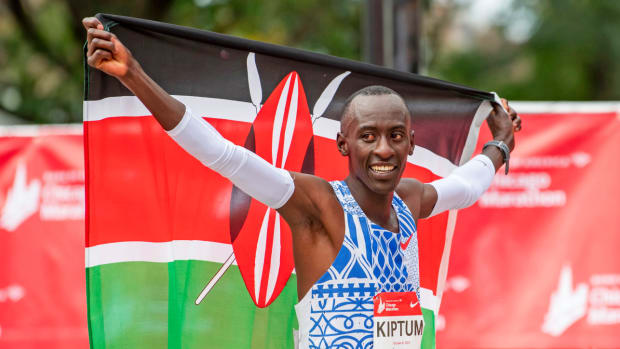Brazil's white elephant soccer stadiums hardly worth their exorbitant costs
BRASÍLIA, Brazil — The Estádio Nacional Mané Garrincha, where the U.S. will meet Sweden in Friday’s women’s Olympic soccer quarterfinals (noon ET, NBCSN), is a sprawling 72,000-seat monstrosity built for World Cup 2014. Brazil’s version of Jerry World ended up costing $900 million, three times its original budgeted price, making it the world’s second-most expensive soccer venue after London’s Wembley Stadium.
Now, says journalist Eric Zambon of the Jornal de Brasília, it’s “a huge white elephant.”
“By the time they were building it, everyone hated it,” says Zambon. “It’s the highest cost ever [in Brazil] to build a stadium. And for no reason. You see the stadium. It’s a great venue, but you don’t see where all the money has gone. People also hate it because we have so many problems in the city with hospitals and schools, and then we have a huge stadium that goes way beyond the level of the league that we have here.”
After rare game to forget, Hope Solo aiming to put mistakes behind her
Brasília’s top club team is only in the fourth division and doesn’t play games in the stadium except for special occasions. And so the world’s second-most expensive soccer stadium is being used lately as a parking lot for buses and as office space for government bureaus. Aerosmith and Whitesnake held concerts here, but KISS played elsewhere in the city because the cost of the stadium was too high.
“If you add all the attendances of the local league in Brasília, you can’t fill the stadium even once,” says Mauricio Savarese, who covers Brazilian sports and politics for the Associated Press. “Teams from other states [like Rio’s Flamengo and São Paulo] play there, but it’s something for once every two months.”
The U.S. played its last game in Manaus, deep in the Amazon, where the $270 million Arena Amazônia is also seen as a 42,000-seat white elephant. As with Brasília, Manaus has no first-division club teams, and the clubs that the city does have all play at other venues. Most concerts take place in the sambadrome next to the big stadium.
Meanwhile, maintenance costs per month for the Manaus stadium are nearly $250,000. They’re even more for the bigger stadium in Brasília, Zambon says.
Two other stadiums built for World Cup 2014 are barely used. In Cuiabá, where the Arena Pantanal was closed down at one point for faulty construction work, homeless squatters later took over the locker rooms. And in Natal, where the U.S. men beat Ghana to open the World Cup at the Arena das Dunas, there’s no first-division tenant either.
Back in Brasília, Zambon looks around the national stadium and shakes his head.
Brazil finds offense, survives to make men’s soccer elimination round
“We knew it was going to be like this,” he says. “They were escalating the budget on a monthly basis. Every month it seemed like it got more expensive for some reason. Nobody really explained it. At first the government said it was going to be a partnership between private companies and the government. Then we found out the government had to pay for basically everything.”
“Now our government is kind of broke. We see that most of the money that we had is now in these walls [of the stadium].”





